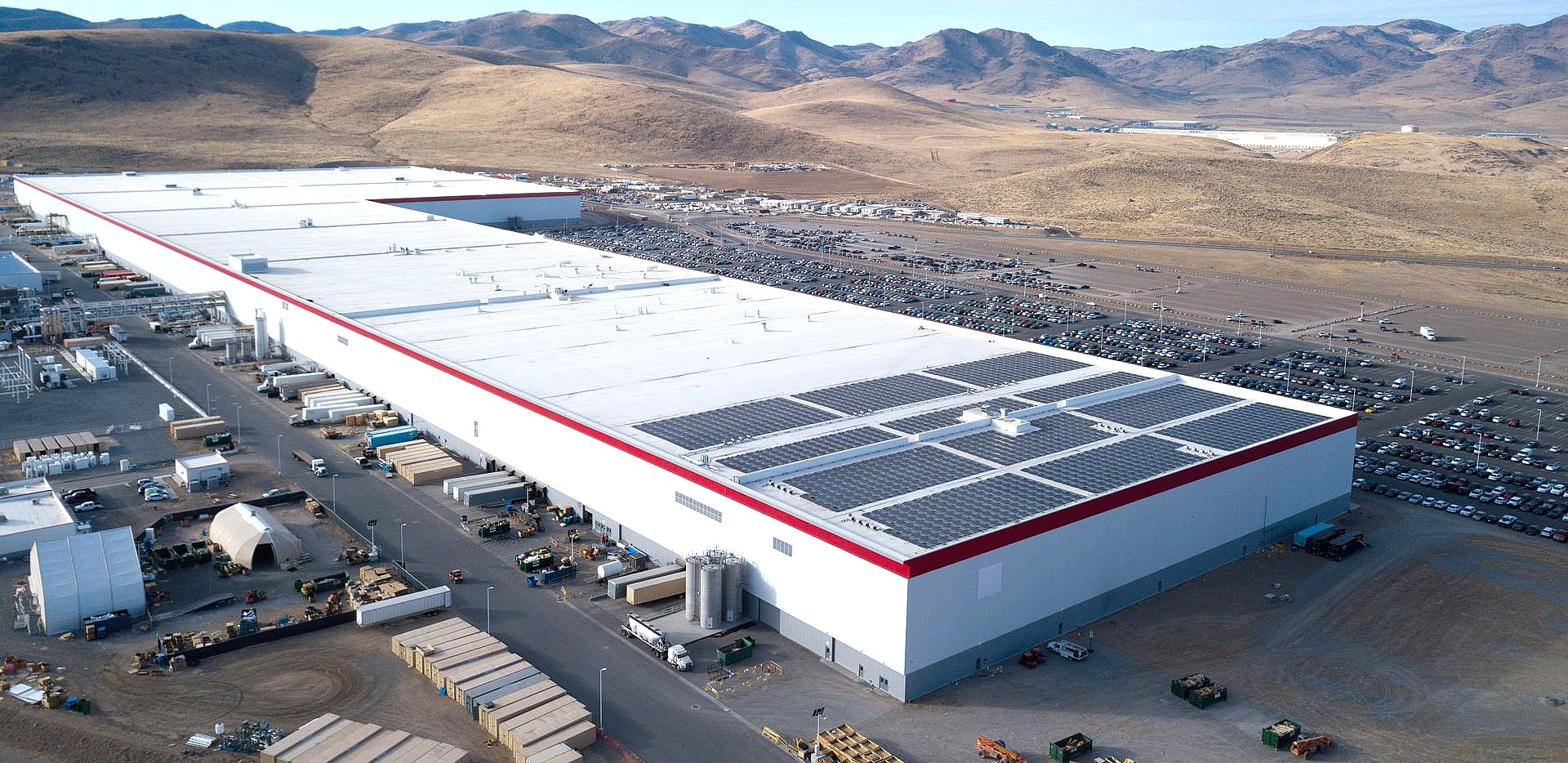
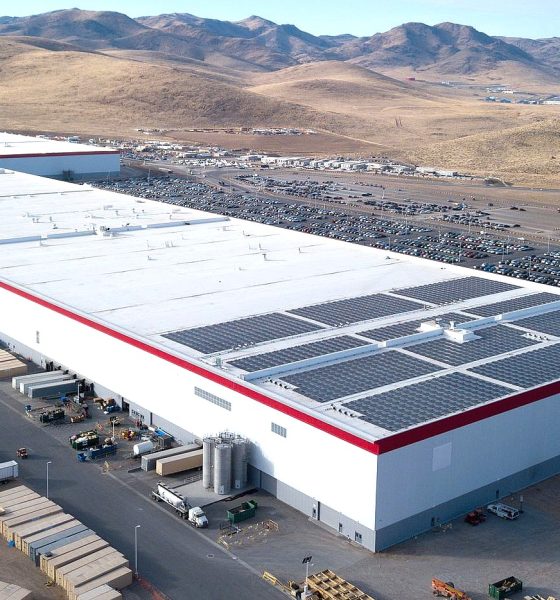
Investor's Corner
Tesla battery partner Panasonic sees higher Gigafactory output, cites Model S/X demand increase
Panasonic President Kazuhiro Tsuga recently discussed some details about the Japanese corporation’s existing operations with American electric car maker Tesla. According to the executive, Panasonic expects to see higher yields from Gigafactory 1 as operations get optimized, and there could be a potential upside in Model S and X demand as Tesla takes actions to make its flagship vehicles more attractive to consumers.
Tsuga’s comments about Tesla were a response to an inquiry during a Q&A session following Panasonic’s release of its fiscal 2019 financial results. Tsuga pretty much confirmed what Elon Musk mentioned on Twitter last month, stating that Gigafactory 1 is currently operating at about 24 GWh despite the facility having a theoretical capacity of 35 GWh. “For Tesla, 35 GWh initial investment has been completed already, and utilization as per Elon is maybe 24 GWh currently. This year, we want to increase this (utilization) rather significantly,” he said.
Explaining further, Tsuga noted that efficiencies in Gigafactory 1 should improve in the near future, particularly as its higher-speed production lines get optimized further. “Including the lines that have yet to start, we have three fast, higher speed lines, and when they become operational, we will see improved efficiency. And when we shifted tools, we were not really able to do sufficient verification of the facilities. We saw disruptions, and we now know the reasons. And so in June, we will start replacing the jigs, and therefore, the number of cells and the yield will improve quite a bit,” Tsuga said.
Among the improvements mentioned by the Panasonic President involved tapping into the local workforce for the Nevada Gigafactory. This, according to the executive, will ultimately lower fixed costs. Tsuga also noted that he expects the demand from Tesla to be good enough for the full capacity of its production lines on the site.
“Through the localization of the workforce, we will have fewer Japanese expats (on Gigafactory 1), and that is progressing. And we are seeing an increase in the number of lines that can be operated only by the local personnel, and that can reduce fixed costs as well. So overall, we can expect improvement. Of course, the demand from Tesla is going to be good enough for the full capacity (of our equipment), that is the assumption. Should that assumption hold, the Tesla battery business can break even this year (for Panasonic),” he added.
Particularly compelling were Tsuga’s comments about the demand for batteries used in Tesla’s flagship vehicles, the Model S and Model X, both of which utilize 18650 cells. While sales of the flagship sedan and SUV have seen a drop in recent months, the Panasonic President stated that demand for the Model S and X could increase once more, especially as Tesla takes the initiative to push the vehicle to customers. “As for Model X (and S), last quarter, we saw a decline, but Tesla is already making efforts and taking actions to revamp that demand. We’re talking with Tesla on this, and so there is upside potential there,” Tsuga said.
The comments from the Panasonic President about the Japanese corporation’s partnership with Tesla all but suggests that the two companies remain closely working with each other to improve the output of Gigafactory 1. Speculations about Panasonic moving away from its partnership with Tesla made the rounds in the media last month, fueled by a report from the Nikkei Asian Review which stated that the Japanese company is freezing its investments in the Nevada-based facility. Tesla responded to the Nikkei report when it was released, explaining that there is far more output to be gained by improving the facility’s existing lines than previously estimated. These comments seem to be in step with the Panasonic President’s recent statements.
Panasonic President Kazuhiro Tsuga’s discussion on Tesla could be accessed here (kindly skip to 33:28 in the video).

Investor's Corner
Tesla bear gets blunt with beliefs over company valuation
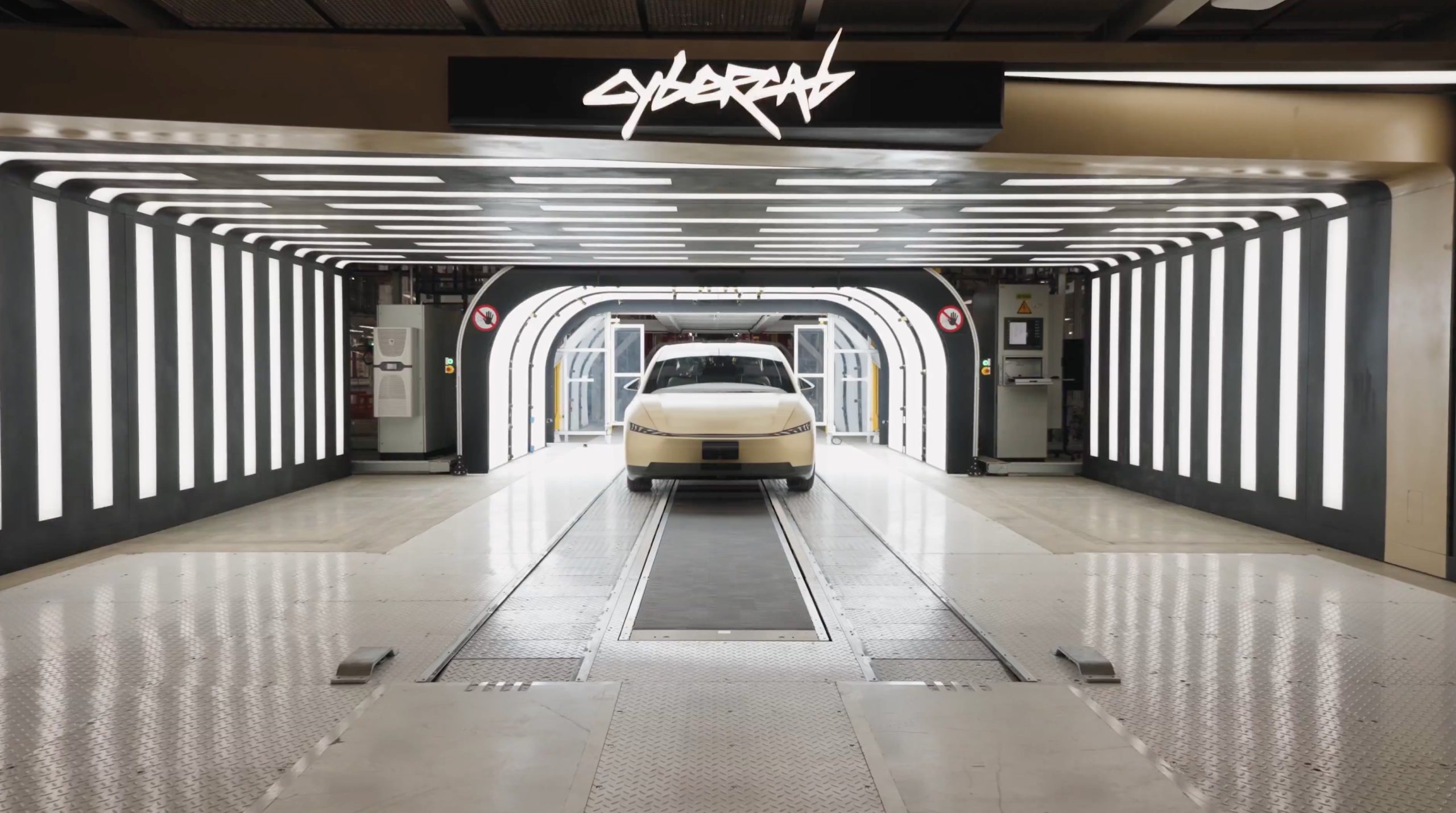
Tesla bear Michael Burry got blunt with his beliefs over the company’s valuation, which he called “ridiculously overvalued” in a newsletter to subscribers this past weekend.
“Tesla’s market capitalization is ridiculously overvalued today and has been for a good long time,” Burry, who was the inspiration for the movie The Big Short, and was portrayed by Christian Bale.
Burry went on to say, “As an aside, the Elon cult was all-in on electric cars until competition showed up, then all-in on autonomous driving until competition showed up, and now is all-in on robots — until competition shows up.”
Tesla bear Michael Burry ditches bet against $TSLA, says ‘media inflated’ the situation
For a long time, Burry has been skeptical of Tesla, its stock, and its CEO, Elon Musk, even placing a $530 million bet against shares several years ago. Eventually, Burry’s short position extended to other supporters of the company, including ARK Invest.
Tesla has long drawn skepticism from investors and more traditional analysts, who believe its valuation is overblown. However, the company is not traded as a traditional stock, something that other Wall Street firms have recognized.
While many believe the company has some serious pull as an automaker, an identity that helped it reach the valuation it has, Tesla has more than transformed into a robotics, AI, and self-driving play, pulling itself into the realm of some of the most recognizable stocks in tech.
Burry’s Scion Asset Management has put its money where its mouth is against Tesla stock on several occasions, but the firm has not yielded positive results, as shares have increased in value since 2020 by over 115 percent. The firm closed in May.
In 2020, it launched its short position, but by October 2021, it had ditched that position.
Tesla has had a tumultuous year on Wall Street, dipping significantly to around the $220 mark at one point. However, it rebounded significantly in September, climbing back up to the $400 region, as it currently trades at around $430.
It closed at $430.14 on Monday.
Investor's Corner
Mizuho keeps Tesla (TSLA) “Outperform” rating but lowers price target
As per the Mizuho analyst, upcoming changes to EV incentives in the U.S. and China could affect Tesla’s unit growth more than previously expected.
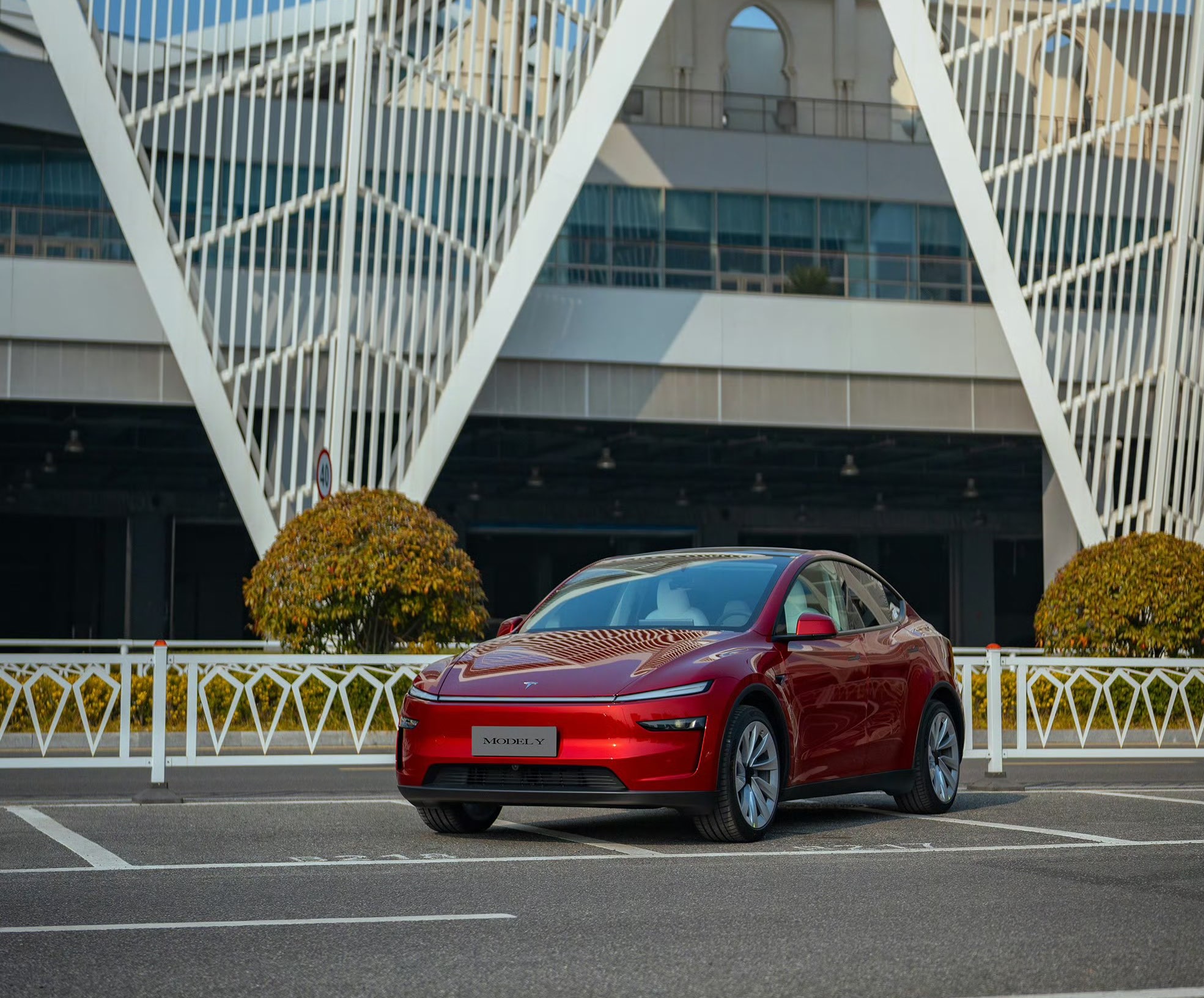
Mizuho analyst Vijay Rakesh lowered Tesla’s (NASDAQ:TSLA) price target to $475 from $485, citing potential 2026 EV subsidy cuts in the U.S. and China that could pressure deliveries. The firm maintained its Outperform rating for the electric vehicle maker, however.
As per the Mizuho analyst, upcoming changes to EV incentives in the U.S. and China could affect Tesla’s unit growth more than previously expected. The U.S. accounted for roughly 37% of Tesla’s third-quarter 2025 sales, while China represented about 34%, making both markets highly sensitive to policy shifts. Potential 50% cuts to Chinese subsidies and reduced U.S. incentives affected the firm’s outlook.
With those pressures factored in, the firm now expects Tesla to deliver 1.75 million vehicles in 2026 and 2 million in 2027, slightly below consensus estimates of 1.82 million and 2.15 million, respectively. The analyst was cautiously optimistic, as near-term pressure from subsidies is there, but the company’s long-term tech roadmap remains very compelling.
Despite the revised target, Mizuho remained optimistic on Tesla’s long-term technology roadmap. The firm highlighted three major growth drivers into 2027: the broader adoption of Full Self-Driving V14, the expansion of Tesla’s Robotaxi service, and the commercialization of Optimus, the company’s humanoid robot.
“We are lowering TSLA Ests/PT to $475 with Potential BEV headwinds in 2026E. We believe into 2026E, US (~37% of TSLA 3Q25 sales) EV subsidy cuts and China (34% of TSLA 3Q25 sales) potential 50% EV subsidy cuts could be a headwind to EV deliveries.
“We are now estimating TSLA deliveries for 2026/27E at 1.75M/2.00M (slightly below cons. 1.82M/2.15M). We see some LT drivers with FSD v14 adoption for autonomous, robotaxi launches, and humanoid robots into 2027 driving strength,” the analyst noted.
Investor's Corner
Tesla stock lands elusive ‘must own’ status from Wall Street firm
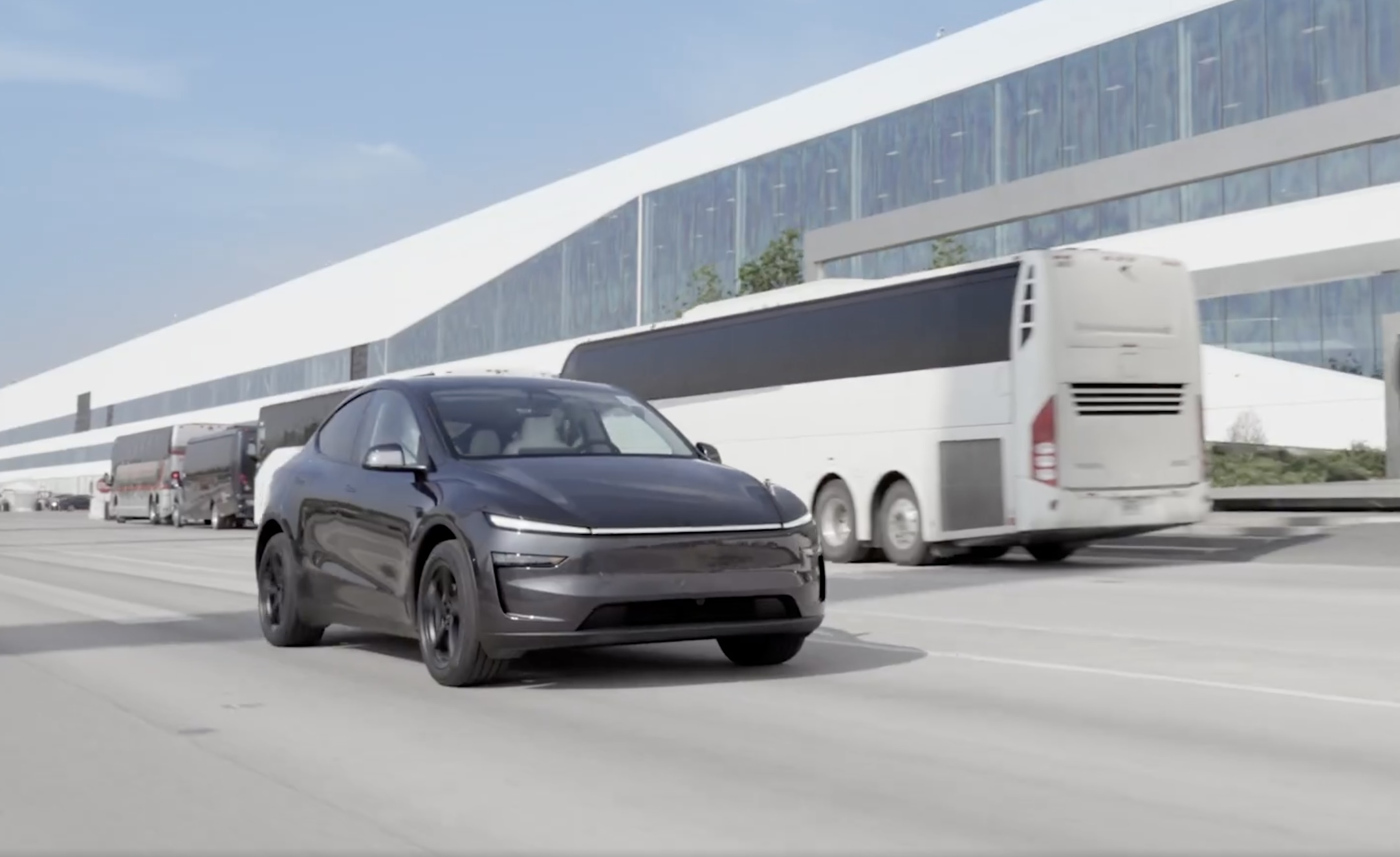
Tesla stock (NASDAQ: TSLA) has landed an elusive “must own” status from Wall Street firm Melius, according to a new note released early this week.
Analyst Rob Wertheimer said Tesla will lead the charge in world-changing tech, given the company’s focus on self-driving, autonomy, and Robotaxi. In a note to investors, Wertheimer said “the world is about to change, dramatically,” because of the advent of self-driving cars.
He looks at the industry and sees many potential players, but the firm says there will only be one true winner:
“Our point is not that Tesla is at risk, it’s that everybody else is.”
The major argument is that autonomy is nearing a tipping point where years of chipping away at the software and data needed to develop a sound, safe, and effective form of autonomous driving technology turn into an avalanche of progress.
Wertheimer believes autonomy is a $7 trillion sector,” and in the coming years, investors will see “hundreds of billions in value shift to Tesla.”
A lot of the major growth has to do with the all-too-common “butts in seats” strategy, as Wertheimer believes that only a fraction of people in the United States have ridden in a self-driving car. In Tesla’s regard, only “tens of thousands” have tried Tesla’s latest Full Self-Driving (Supervised) version, which is v14.
Tesla Full Self-Driving v14.2 – Full Review, the Good and the Bad
When it reaches a widespread rollout and more people are able to experience Tesla Full Self-Driving v14, he believes “it will shock most people.”
Citing things like Tesla’s massive data pool from its vehicles, as well as its shift to end-to-end neural nets in 2021 and 2022, as well as the upcoming AI5 chip, which will be put into a handful of vehicles next year, but will reach a wider rollout in 2027, Melius believes many investors are not aware of the pace of advancement in self-driving.
Tesla’s lead in its self-driving efforts is expanding, Wertheimer says. The company is making strategic choices on everything from hardware to software, manufacturing, and overall vehicle design. He says Tesla has left legacy automakers struggling to keep pace as they still rely on outdated architectures and fragmented supplier systems.
Tesla shares are up over 6 percent at 10:40 a.m. on the East Coast, trading at around $416.








